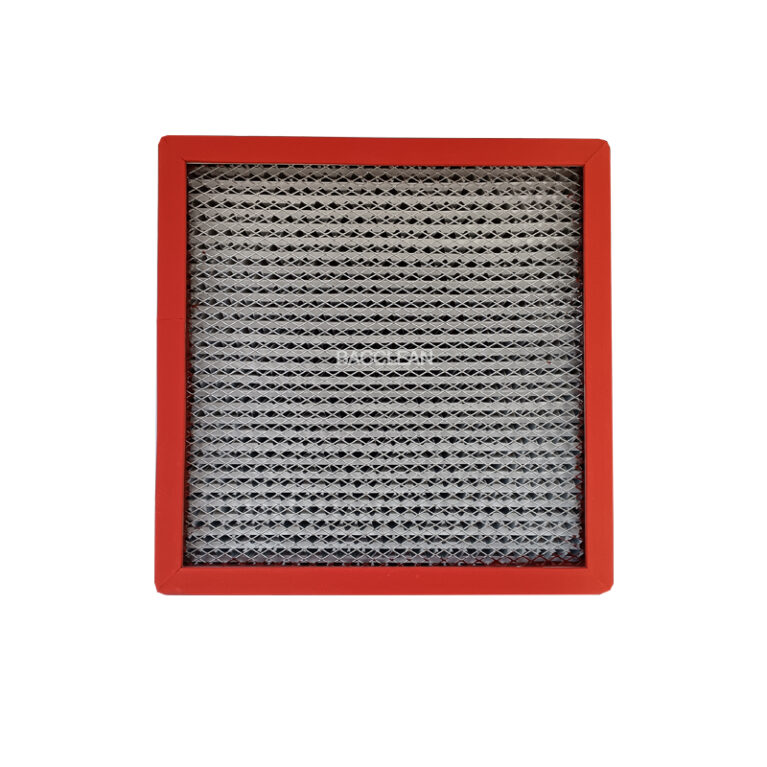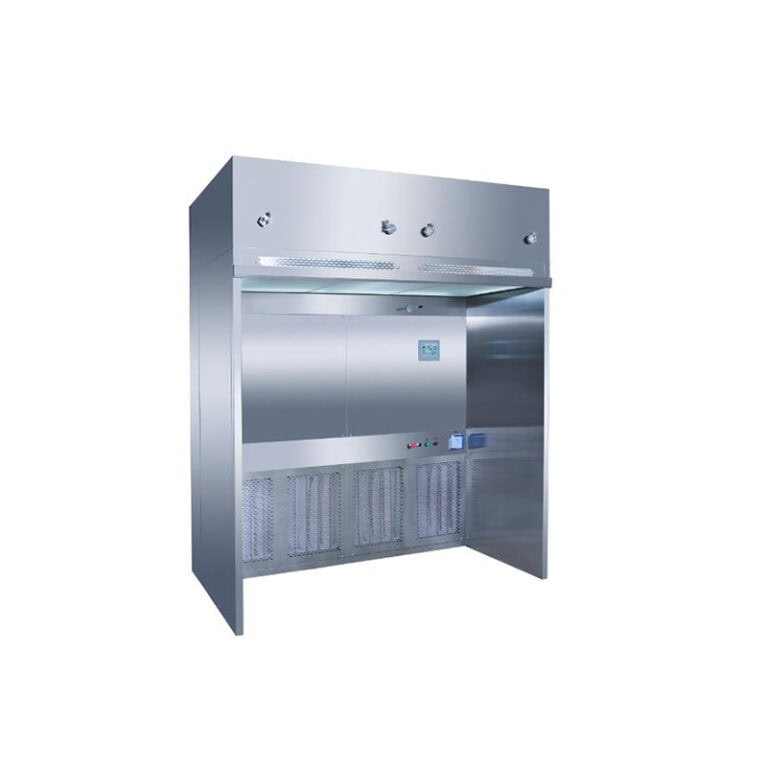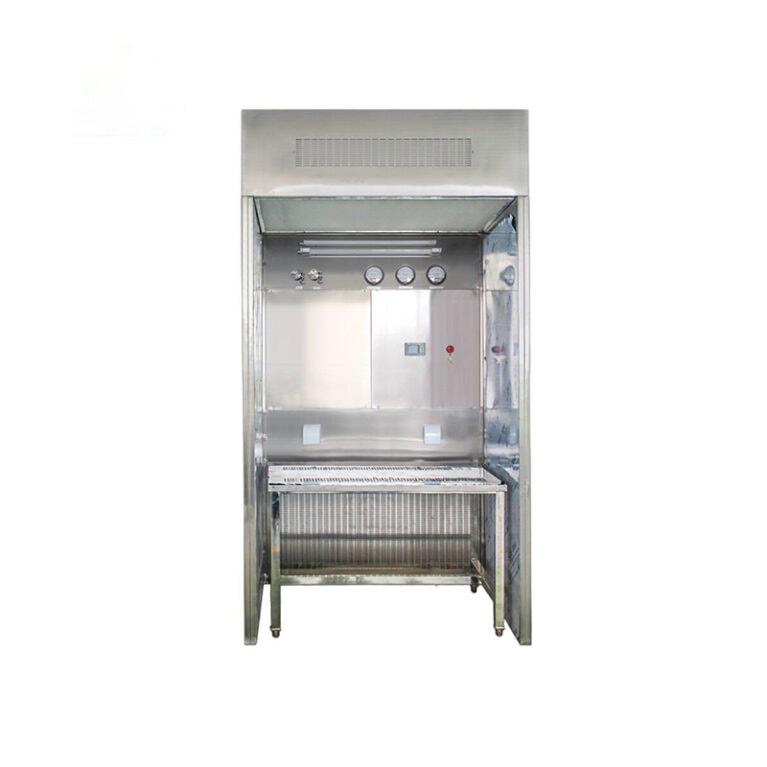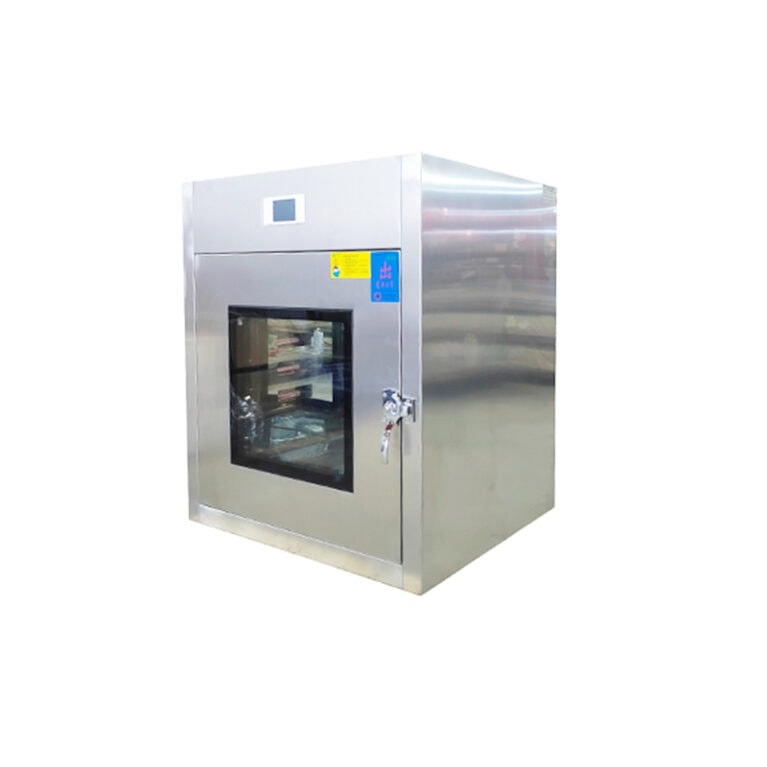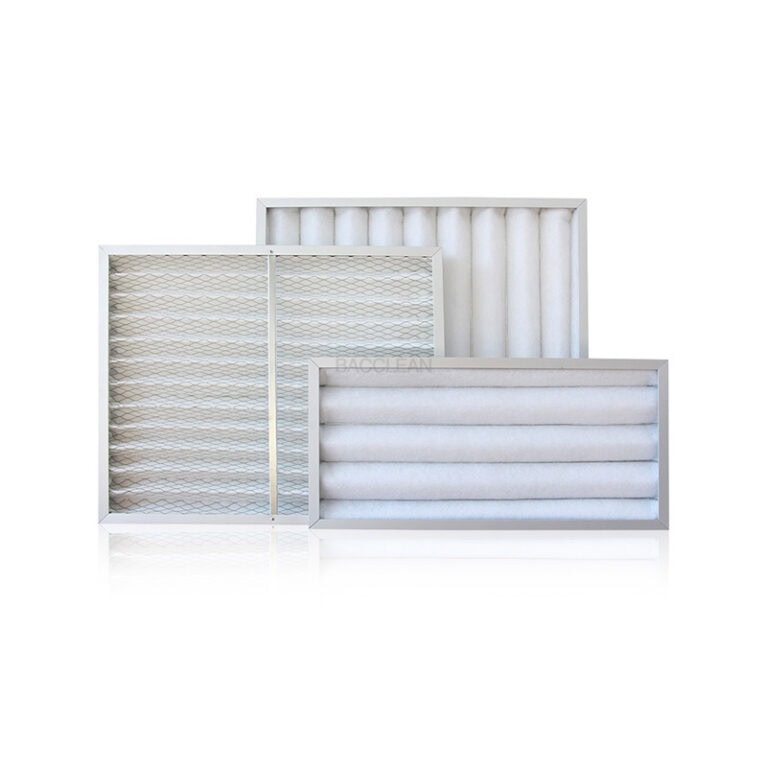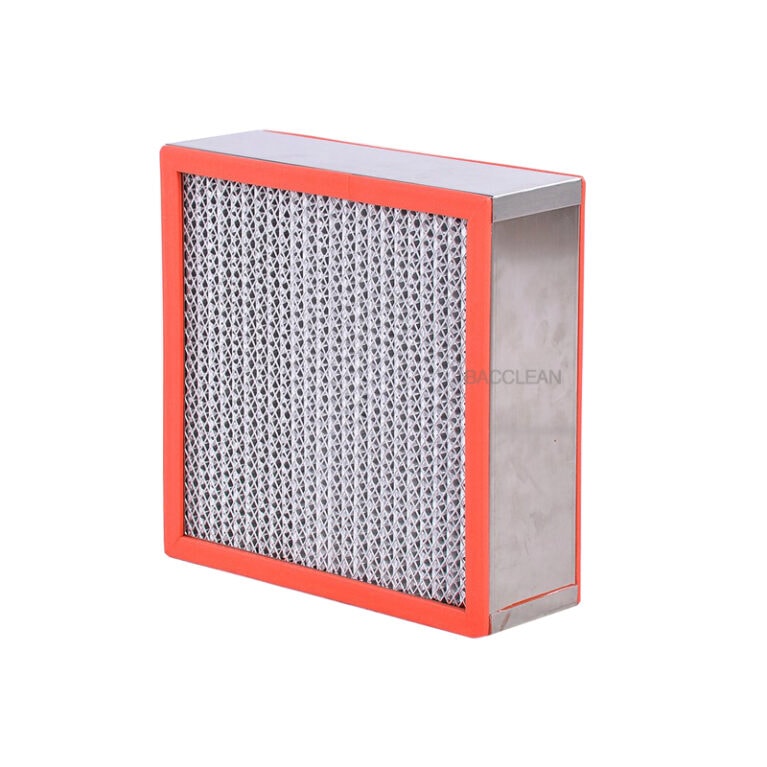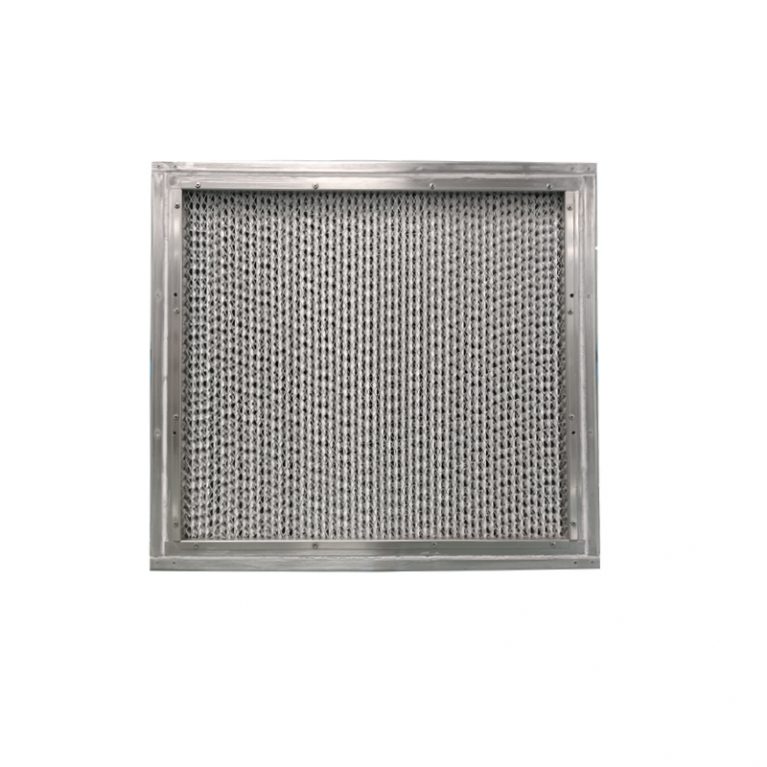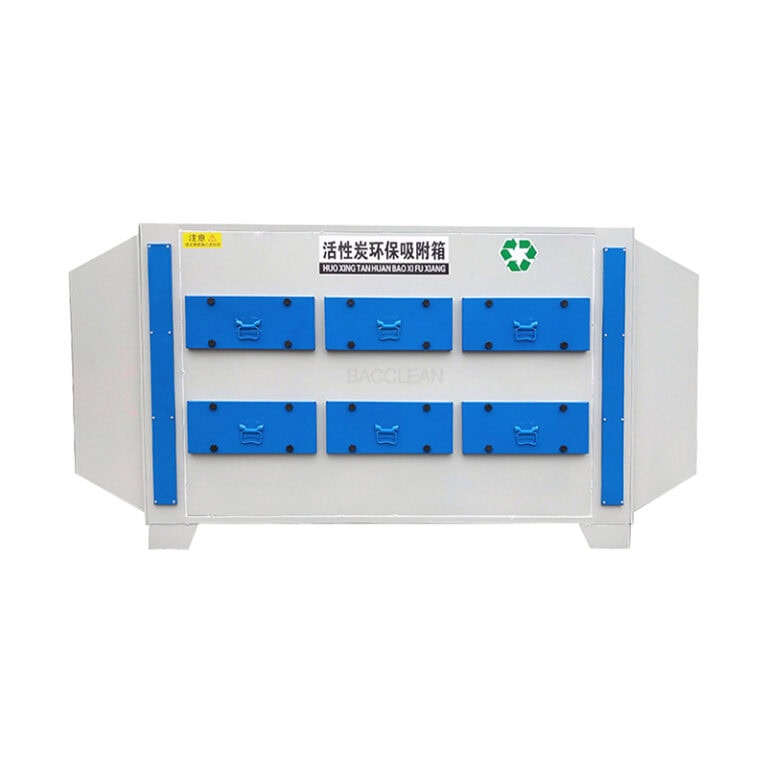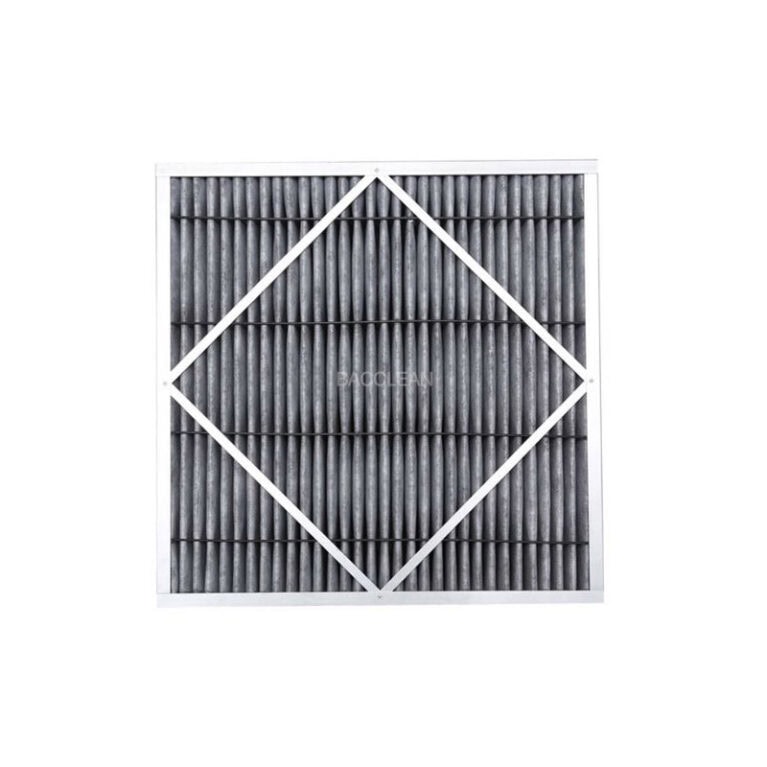The automatic lifting transfer window is a crucial device used for transferring items in clean rooms, laboratories, and other similar environments. Its daily maintenance is crucial for ensuring the normal operation of the equipment and maintaining a clean environment. The following are the specific key points for daily maintenance
I. Cleaning and Maintenance
Surface cleaning
Wipe the inner and outer surfaces of the transfer window, door frames, and sealing strips daily with a neutral cleaner (such as soapy water) to remove dust and stains. Avoid using corrosive cleaners (such as solutions with excessive alcohol concentration) to prevent damage to the surface of the equipment or sealing materials.
After cleaning, dry it with a clean dry cloth to ensure there is no standing water left, especially in the corners and crevices.
Filter maintenance
Check the appearance of the high-efficiency filter every week. If any damage, excessive dust accumulation, or unpleasant smell is found on the surface, it should be replaced in time.
According to the usage frequency (usually every 3 to 6 months), the resistance of the filter should be tested. When the resistance exceeds 1.5 times the initial value, the filter must be replaced to ensure cleanliness.
Cleaning of the lifting track
Every month, use a soft brush or compressed air to clean the dust and debris inside the lifting track to prevent foreign objects from getting stuck and affecting the lifting function. If there is an oil stain on the track, it can be wiped with a small amount of neutral detergent and then dried.
Ii. Inspection of Mechanical and Electrical Systems
Inspection of the lifting mechanism
Observe daily whether the lifting process is smooth and whether there are any abnormal noises or jamming phenomena. If any abnormalities are found, stop using it immediately and investigate the cause (such as whether there are foreign objects on the track or whether the transmission components are loose).
Check the lubrication conditions of the lifting motor, chain, gears, and other transmission components every quarter. Add special lubricants as needed (avoid using ordinary engine oil to prevent contamination of the clean environment).
Electrical system inspection
Check weekly whether the power cord, plug, switch, and control button are in good condition, without any signs of looseness, damage, or leakage, and ensure that the wiring is firm and the insulation is good.
Test the interlock function: When closing one side door, observe whether the other side door is in the locked state. If the interlock fails, the electrical interlock device (such as sensors, relays) needs to be inspected and repaired to prevent direct connection between the clean area and the non-clean area.
Sealing performance inspection
Check the door frame sealing strip monthly to ensure it is intact, free from aging, deformation, or detachment. If the seal is not tight, replace the sealing strip in time to prevent the leakage of clean air or the intrusion of external contaminants.
Iii. Safety and Standardized Operations
Confirm before use
Before each use, make sure the power supply of the equipment is normal, the lifting function and the interlock device are working properly. It is strictly forbidden to force the use under faulty conditions.
When transferring items, avoid overloading (not exceeding the rated load capacity of the equipment), and the items must not exceed the internal space of the transfer window to prevent the lifting mechanism from getting stuck.
Emergency response
In case the equipment suddenly malfunctions (such as the lifting platform getting stuck), the power supply should be cut off immediately. Manually operate the emergency device (such as the manual crank provided on some equipment) to reset the lifting platform. Do not force power on for operation.
Regularly check the function of the emergency stop button to ensure that the power can be quickly cut off in an emergency.
4. Regular professional maintenance
Every year, professional technicians are invited to conduct a comprehensive maintenance of the equipment, including electrical performance testing, mechanical accuracy calibration, lifting speed adjustment, etc. Potential problems are identified promptly and repaired to extend the service life of the equipment.
Through the above daily maintenance measures, the failure rate of the automatic lifting transfer window can be effectively reduced, ensuring its long-term stable operation while maintaining the reliability of the clean environment. In the event of complex faults (such as motor damage or circuit failure), it is recommended to contact the equipment manufacturer or professional maintenance personnel for handling to prevent secondary damage caused by self-disassembly.
